Birding or Birdwatching is a growing branch of ecotourism and is one of the most popular types of “specific purpose tourism”. Surveys in different countries show that usually the educated part of society is interested in this particular type of activity. Unlike other nature hiking branches, such as trekking or climbing, people with less physical abilities can also easily participate in Iran Bird Watching Tours and closely follow the flow of life in nature.
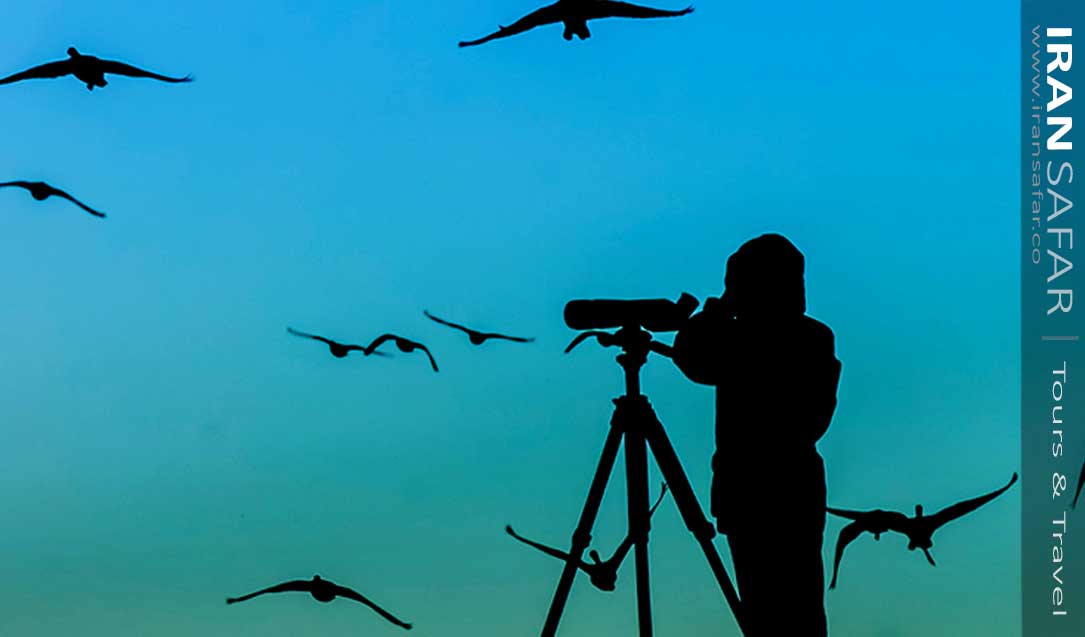
Birding is one of those leisure activities that requires peace and silence. Consequently, it is also useful for concentrating and even relaxing the soul. Many psychologists recommend bird watching in nature for mental relaxation and spirituality.
Watching the birds and listening to their life’s songs, photography, recording all the beauty and effort of accurately identifying the species of birds you see is a unique scientific and recreational tourism that, if it ever happens, keeps people away from repeating everyday boring city life.
If you enjoy the beauty of seeing colorful feathers of a red chestnut or hearing the marvelous song of the nightingale or the singing of a woodpecker in the heart of nature, you can easily be a birdwatcher!
People interested in nature, can easily start bird watching in Iran. In fact, many people in the world practice this profession with different specialties for many years, a healthy recreation that requires no specialty, Just love nature and birds.
Birding is one of the unknown tourism potentials in Iran. With more than 5 important birding areas, Iran has high potential to become one of the most important birding destinations. Also in Iranian desert attractions such as the Mesr Desert, very beautiful desert birds such as Pleskes Ground Jay can easily be seen.
Fortunately, there has been a growing interest recently in organizing and participating in nature programs – such as birdwatching in Iran. However, Iran’s share of the billions of dollars from this field is almost zero, while US revenue from the industry last year was just over $ 5 billion.
Promising signs such as naming the first Thursday of every December as National Bird watching Day, expanding the activity of birding institutes and the availability of magazines such as Podoces and Balaban herald a growing future. Bird hunting in most areas has been banned and bird protection groups have been established to protect some endangered bird species which are in the red list.
Totally 566 bird species exist in Iran.
Birds of Iran
According to the latest information in 2023, Birds of Iran include a total of 566 species, two of which are endemic.
Iran climate and its geographical location is such that many of its birds are migrants. Geographically, Iran is on the migration path of birds that fly to southern latitudes such as Africa and the Indian subcontinent for wintering, or pass through Iran on their way back to breed in North Asia, Siberia and Northern Europe. According to the Birdlife International, out of more than 566 species of birds that live in Iran, at least 373 of species are seasonal migrants. According to this list, about 10% of Iran’s species are at risk of extinction, 3 birds have been introduced by humans, and 14 species are rare.
Here is a checklist of birds of Iran:
The best season for birdwatching in Iran
The best time for birdwatching in Iran is spring and autumn. The first half of spring, especially in May, is when birds begin mating, nesting, and caring for chicks, resulting in abundance. In the fall, not only migratory birds enter Iran, but the population of birds also increases. Offspring born in the spring are now grown and joined.
It is noteworthy that most of the known species in Iran are migratory birds (approximately 70%) and do not come to Iran during their breeding season in Iran. But in the fall, many of them travel to Iran to avoid the cold season in their homelands. Of course, the observation of migratory birds in Iran presents some challenge:
First, due to the harsh weather conditions, most of the birds hide themselves in their refuges, and secondly, many of the birds enjoy their winter camouflage and look far away from their beautiful summer coats – This makes them harder to spot.
Therefore, the distinction between autumn and spring is due to the arrival of migratory and winter migratory birds and, consequently, the possibility of seeing more species of birds. Wading birds, such as sandpipers are also best seen during this season.
If you are interested in watching chickens that hatch from eggs, sign up for bird watching tours in Iran in the spring. Even migratory birds sometimes lay eggs in Iranian wetlands. If you are interested in watching birds grow and their life cycle, spring is a good start for you. The atmosphere of lagoons and lakes is also very pleasant and refreshing.
Also Read – Iran’s Natural Attractions
Top 10 Birding Sites in Iran
In Iran, most birdwatchers go to West Azerbaijan province for birding. However, other provinces still have great potentials and need to get introduced and promoted for more birding tours in Iran. As more people become familiar with this field of nature hiking, the number of birdwatchers is increasing and our collective information on bird species in our environment is growing.
Mian Kaleh Peninsula
This wetland is in the east of Mazandaran province and is more than 68 kilometers wide. The reflection of pomegranate, azalea and wild raspberry bushes in the water, along with the presence of thousands of migratory birds in this magnificent wildlife refuge, creates an unparalleled and vibrant landscape.
Hundreds of thousands of migratory birds, such as flamingos, cormorants, swans, pelicans, ducks and white-tailed eagles, fall each year to the wetland in the fall and stay there until late winter.
Fereydunkenar Wetland
With an area of more than 5400 hectares, the beautiful Fereydunkanar Wetland is known as an important bird sanctuary in Iran. This is one of the richest wetlands in the northern region of the country with a distinctive population of fauna and flora. However, the main reason for the popularity of Fereydunkanar wetland is the migratory birds that migrate to this area in the winter season and create a stunning scene. Due to the existence of some rare migratory birds and aquatic species that live in this wetland, the Iranian Department of Environment has recently placed a number of guards to protect this area in order to establish the safety of Fereydunkanar Wetland.
Every year, more than 120,000 migratory birds, which are of different species, come to Fereydunkanar wetland to spend the winter in this area. Some of these birds are: Siberian crane, Little Grebe, orange-brown body plumage Ruddy shelduck, Pelican, Common shelduck ,
Duck, and Swan, which bring boundless beauty to this wetland. It should be noted that other beautiful birds such as Great egret, Black Shag or Great cormorant, Goose, White-tailed eagle, the shorebird black-tailed godwit, Falcon, Common linnet, and many other special birds are also seen in this area.
3
Miqan Wetland
located in Markazi province, Miqan or Meighan wetland is one of the most beautiful desert marshlands in Iran. It is considered one of the scenic spots of the industrial city of Arak. This area also has a mild and suitable climate that invites many seasonal migrating birds in some months of the year. It is an important habitat for more than 140 bird species and hosts migratory birds in specific seasons. The pleasant scenes of the flying and wading birds brings a considerable number of tourists to Miqan every year – for bird watching and benefiting from the pristine and beautiful natural resources.
Miqan wetland ecosystem is the site of large groups of migratory birds to spend the winter cold. Nearly 27% of the country’s birds live in Miqan. Also, nearly 10 thousand Common crane land in this ecosystem every year. Some important bird species of this region are: Mallard , Ruddy Shelduck , Goose, Stork, Eurasian teal , Siberian crane, Flamingo, as well as native birds such as the Golden eagle .
4
Touran Biosphere Reserve
The Touran Biosphere Reserve also called Khar Touran wildlife Refuge, is the largest complex of protected areas in Iran covering an area of around 1,459,506.2 hectares. The reserve is located in Semnan province, to the south of Shahroud city. Registered as the second biosphere reserve in the world by UNESCO, it is also the second largest reserve in Iran. Khar Turan National Park, also called the little Africa in Iran, encompasses a range of mountains, ridges, plains, sand dunes and salt pans.
This national park is home to many important endangered species that three of which are remarkable: Asiatic Cheetah, the Persian Zebra or Persian Onager , and the famous Iranian Ground Jay.
The only endemic bird species of Iran, Persian ground jay is considered one of the treasure of Iran’s deserts. The Persian ground jay is a bird species in the family of Corvidae and is endemic to Iran. This pinkish pea-colored bird is around 24 centimeters in length and weighs 85 to 90 grams. It has a boldly patterned and slightly curved slim bill adapted for digging and probing and relatively short, glossy black upper tail coverts. One of the most important factors for placing the Iranaian Ground Jay in endemic species, is its unwillingness to fly long distances. While capable of flight, they prefer running, and will readily perch on trees and bushes. They easily camouflage in desert areas and remains hidden from view; For this reason of being a shy bird, sometimes there are wrong statistics about the distribution of this bird in different regions.
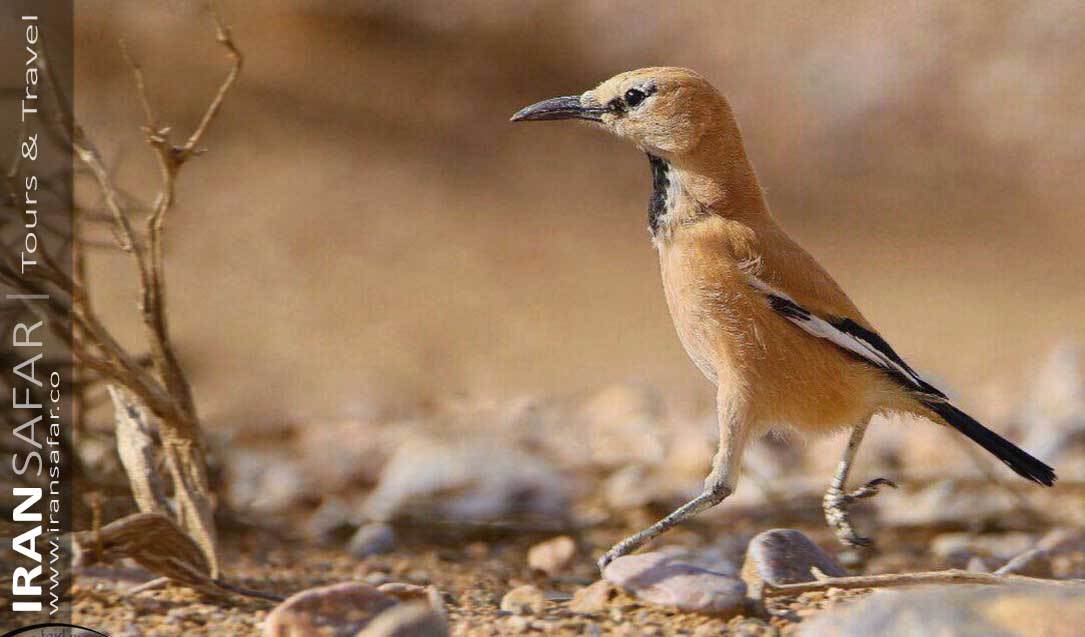
Also Read – Wildlife of Iran
5
Abbeyek – Qazvin
Although Qazvin has two other lakes called Ovan and Daryabek, Allah-Abad Abbeyek wetland in the middle of Alborz mountain range , is the only natural and seasonal wetland in the province. Due to seasonal rainfall and rich river flow, it attracts many migrating birds for three to four months every year (April to June) and creates a pleasant atmosphere and an amazing bird life.
6
Kani Brazan
Situated south of Lake Urmia on the Miandoab-Naghadeh Route, its 907-hectare is one of the most beautiful wetlands in western Iran and has doubled its attractiveness to native and migratory birds. Kani Brazan welcomes the largest population of migratory and wading birds including endangered White-headed Duck and protected species of marbled ducks, pelicans, swans, flamingos, Spotted Eagle as well as other birds such as goose, duck, Ruddy shelduck.
7
Qara Ghashlagh Wetland
Located in the northwest of the country, Qara Gheshlagh Wetland, is known as the bride of wetlands in Iran – Due to its beauty and diversity of fauna and flora. One of the most important features of Qara Gheshlagh is its special geographical location and its location in the south and southeast of Lake Urmia, which is one of the most important national parks of the country, therefore, a great place for birdwatching in Iran!
8
Qeshm Island
Set of lush green coastal, mangrove or shore forests, located near Qeshm Island, Bandar Pol, Hormoz Island and Khamir Port in Hormozgan Province, with beautiful waterways and pristine wildlife, is one of iran’s most popular tourist attractions. More than one hundred species of aquatic and wading birds are found in the area annually. Varieties of swallows, red-winged flamingos, white and gray herons are migratory bird species that migrate to this place with a multi generational, sometimes millennial population.
9
Zaribar Lagoon
Zaribar lake is the largest fresh water lake in Iran and one of the most beautiful places to see in Marivan city in Kurdistan province. This lake is located in the middle of a valley surrounded by Zagros mountains and oak forests. The area of the lake is about 900 hectares and its average depth is about three meters.
It is interesting to know that no river flows into this lake and the water is supplied from the springs boiling at its bottom and also from the melting of the snow in the surrounding mountains.
This area has more than 31 species of native and migratory birds that are aquatic and non-aquatic.
10
Anzali Lagoon
Located in the southwest of Bandar Anzali city and the western side of the Caspian Sea, Anzali Lagoon is one of the most stunning and prominent natural freshwater wetlands in Iran. It is one of the most popular natural tourism destinations in Gilan province. You will never get enough of the stunning view created by the water lilies, reeds and sea tulips of the lagoon. Some of the most popular activities you can do here include boating, fishing and bird watching.
Anzali lagoon creates a diverse ecosystem for the presence of many bird species and animals. Every year with the onset of the cold season, Anzali is one of the areas where migratory birds from the north hemisphere choose this area for roosting; birds such as Coots, Eurasian teal, duck, goose, swan, pelican, flamingo, etc.
Iran Birdwatching Tour | 8 days
Tehran, Sari, Golestan National Park, Khosh Yellagh Reserve, Touran Wildlife Refuge, Shahrud, Parvar Reserve,

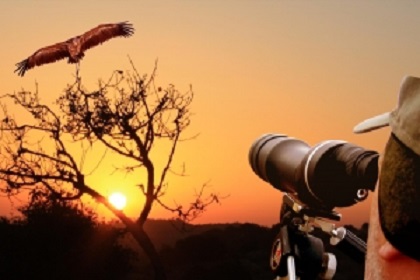
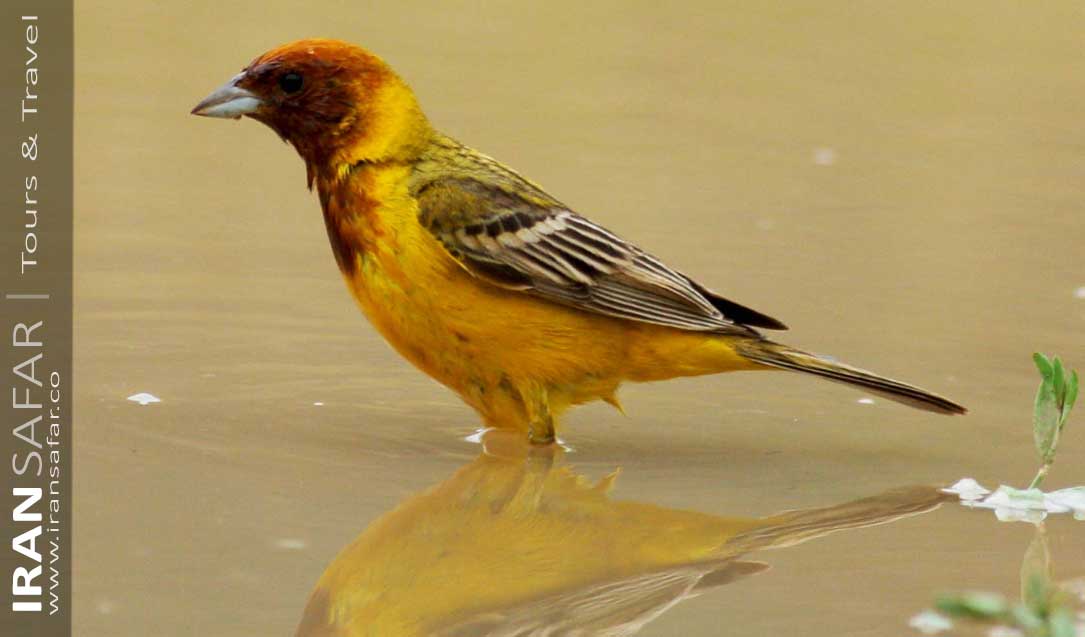
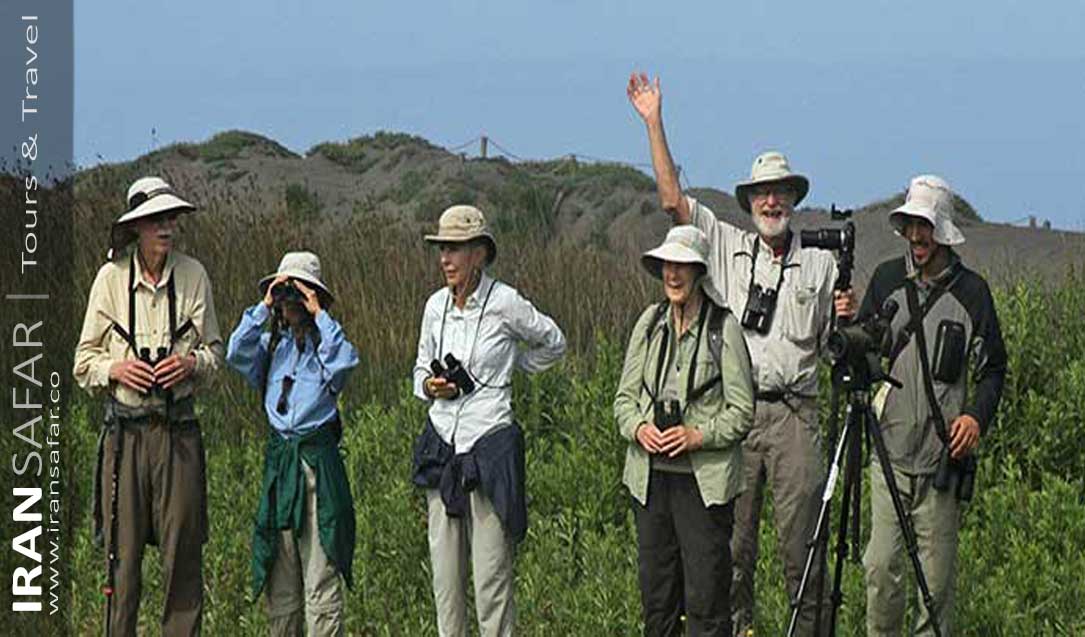

Comment (0)